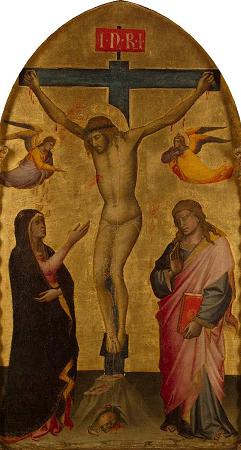Hermitage. The State Hermitage Museum is a museum of art and culture in Saint Petersburg, Russia. The second-largest art museum in the world, it was founded in 1764 when Empress Catherine the Great acquired an impressive collection of paintings from the Berlin merchant Johann Ernst Gotzkowsky. The museum celebrates the anniversary of its founding each year on 7 December, Saint Catherine's Day. It has been open to the public since 1852. Its collections, of which only a small part is on permanent display, comprise over three million items, including the largest collection of paintings in the world. The collections occupy a large complex of six historic buildings along Palace Embankment, including the Winter Palace, a former residence of Russian emperors. Apart from them, the Menshikov Palace, Museum of Porcelain, Storage Facility at Staraya Derevnya, and the eastern wing of the General Staff Building are also part of the museum. The museum has several exhibition centers abroad. The Hermitage is a federal state property. Since July 1992, the director of the museum has been Mikhail Piotrovsky. Of the six buildings in the main museum complex, five, namely the Winter Palace, Small Hermitage, Old Hermitage, New Hermitage, and Hermitage Theatre, are open to the public. The entrance ticket for foreign tourists costs more than the fee paid by citizens of Russia and Belarus. However, entrance is free of charge the third Thursday of every month for all visitors, and free daily for students and children. The museum is closed on Mondays. The entrance for individual visitors is located in the Winter Palace, accessible from the Courtyard. A hermitage is the dwelling of a hermit or recluse. The building was initially given this name because of its exclusivity-in its early days, only very few people were allowed to visit. Originally, the only building housing the collection was the Small Hermitage. Today, the Hermitage Museum encompasses many buildings on the Palace Embankment and its neighbourhoods. Apart from the Small Hermitage, the museum now also includes the Old Hermitage, the New Hermitage, the Hermitage Theatre, and the Winter Palace, the former main residence of the Russian tsars. In recent years, the Hermitage has expanded to the General Staff Building on the Palace Square facing the Winter Palace, and the Menshikov Palace. The Western European Art collection includes European paintings, sculpture, and applied art from the 13th to the 20th centuries. It is displayed, in about 120 rooms, on the first and second floor of the four main buildings. Drawings and prints are displayed in temporary exhibitions. Main article: Egyptian Collection of the Hermitage Museum Since 1940, the Egyptian collection, dating back to 1852 and including the former Castiglione Collection, has occupied a large hall on the ground floor in the eastern part of the Winter Palace. It serves as a passage to the exhibition of Classical Antiquities. A modest collection of the culture of Ancient Mesopotamia, including a number of Assyrian reliefs from Babylon, Dur-Sharrukin and Nimrud, is located in the same part of the building. The collection of classical antiquities occupies most of the ground floor of the Old and New Hermitage buildings. The interiors of the ground floor were designed by German architect Leo von Klenze in the Greek revival style in the early 1850s, using painted polished stucco and columns of natural marble and granite. One of the largest and most notable interiors of the first floor is the Hall of Twenty Columns, divided into three parts by two rows of grey monolithic columns of Serdobol granite, intended for the display of Graeco-Etruscan vases. Its floor is made of a modern marble mosaic imitating ancient tradition, while the stucco walls and ceiling are covered in painting. The Room of the Great Vase in the western wing features the 2.57 m high Kolyvan Vase, weighing 19 t, made of jasper in 1843 and installed before the walls were erected. While the western wing was designed for exhibitions, the rooms on the ground floor in the eastern wing of the New Hermitage, now also hosting exhibitions, were originally intended for libraries.
more...














